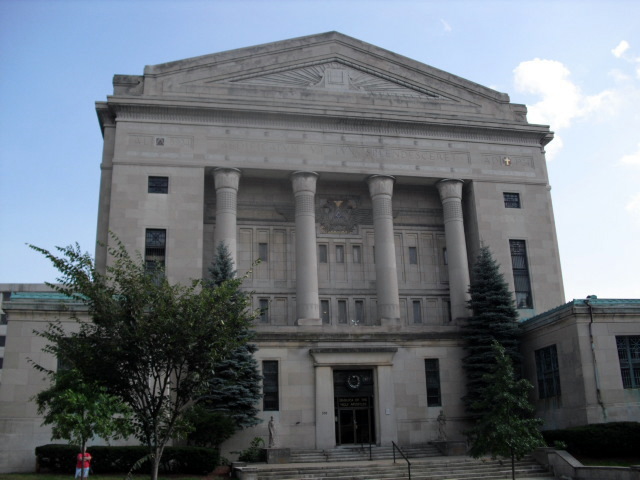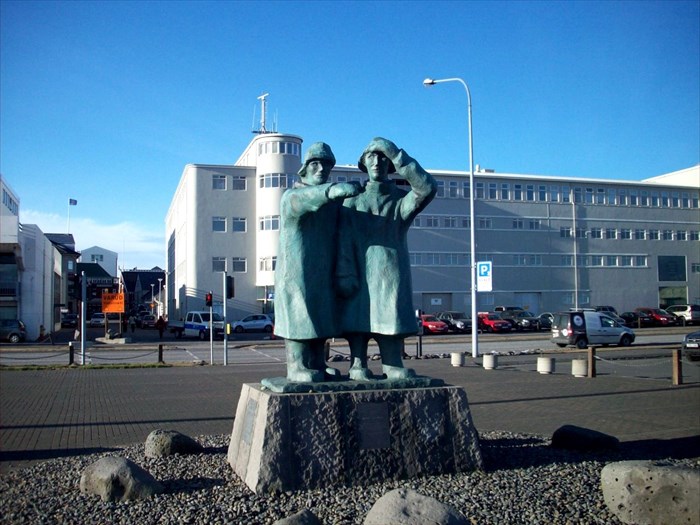Alberobello
Apuglia, Italy
Topic: 1000 Places to See Before You Die
 |
| San Antonio Church |
 |
| Trulli Buildings |
GPS: N40° 46.868; E017° 14.076
Quick Description:
Alberobello is renown
because of the distinctive architecture of its trulli buildings.
Long Description:
The technique for
constructing a trullo dates back to pre-historic times. Limestone blocks are
laid on top of each other, without the use of mortar, to enclose a circle. The
building is topped by a dome-shaped roof made of gray limestone slabs. The roof
is often marked with a magical or pagan symbol and capped with a decorative
pinnacle.
At Alberobello these brilliant white trulli beehive structures, which are found nowhere else in the country, line the narrow streets and are occupied by residents and small businesses. The trullo church of San Antonio is the largest structure in the area and sits on a hilltop above the homes and businesses.
At Alberobello these brilliant white trulli beehive structures, which are found nowhere else in the country, line the narrow streets and are occupied by residents and small businesses. The trullo church of San Antonio is the largest structure in the area and sits on a hilltop above the homes and businesses.
Name of Source Book: 1000 Places to See Before You Die Page Location in Source Book: 181 Type of Waymark: Town Location of Coordinates: Church of San Antonio |



























